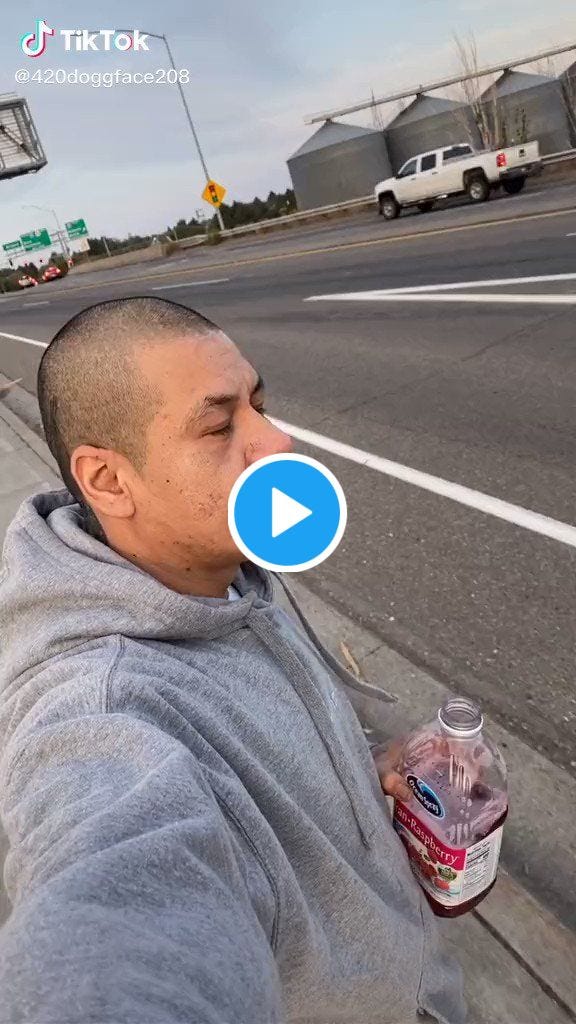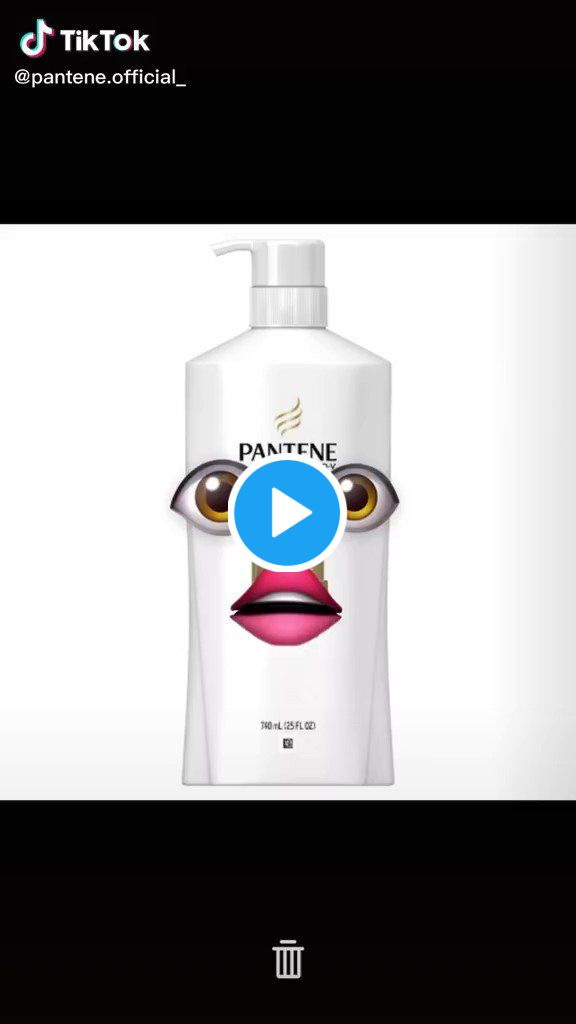Hi!
And welcome to your weekly dose of TikTok news. Let´s start with some numbers.
Despite travails in the U.S. TikToks latest user numbers in Europe are significantly higher 📈than third-party estimates, Bloomberg reports (September 30).
One in four Britons use TikTok every month, with 17 million regulars spending just over an hour a day on the app. 11 million users in France. 10.7 million in Germany. 9.8 million Italians. Most dedicated: TikTok’s 1.2 million Norwegian users open the app 17 times a day, spending 74 minutes scrolling through video.
Today we have a closer look at these topics:
🇺🇸 US Elections
🤡 Realness
🎶 Music Industry
🏺Museums
- - -
🇺🇸 US Elections
Back in July (Newsletter 04) i wrote about politicians being on TikTok with us-politicians obviously avoiding the platform. Quote: And yet, not a single 2020 hopeful — either Republican or Democrat — is actively using it (USA Today, Dec 15, 2019). And TikTok nevertheless is shaping politics in the US (New York Times, June 28, 2020), e.g. Teenagers are campaigning, debating, running fact checks and forming party-based coalitions (New York Times, April 29, 2020).

Fast forward to September / October 2020. TikTok has launched an in-App guide on U.S. elections (Forbes, September 29). The move follows similar election-related initiatives launched by other social media platforms. The guide rolls out to users in the US and is accessible on TikTok’s Discover page or landing pages for certain election-related search results. It will be available in English, Spanish, and “dozens of additional languages,” according to TikTok, and it will offer users information on federal, state, and local candidates powered by BallotReady, a voting information tool (The Verge, September 29).
Despite that there is some serious election campaigning going on. Celebrities, athletes, models and TikTokers alike are helping groups such as When We All Vote, Rock the Vote and NextGen America engage with communities of potential new voters online. (CNN, October 3).

Bigtent recently launched an initiative called TikTokVoters.com, through which it paid young people - primarily young women of color - to create TikTok videos leading to direct voter registration. The creators link to the site in their bios, where potential new voters are prompted to register using Rock the Vote's registration tool. Bigtent spent $12,500 on the initiative and so far has registered more than 1,175 people.
A number of organizations are simultaneously targeting Zs with campaigns that traverse the zoomer topography, writes High Tea, a weekly substack newsletter (your weekly brew of piping hot Gen Z culture, internet leitmotifs and discussions of identity across ephemeral digital spaces) listing e.g. NextGen America who have been targeting micro-influencers with around 1,000 followers and Feel Good Voting harnessing ‘the power of social media influencers’, creating content that targets and inspires the 18-30 demo, partnering with micro influencers around the 10,000 follower.
🤡 Realness
This headline is pretty wack: Inauthenticity is Cancelled: How Brands Can Embrace Their Fun Side on TikTok. (Talking Influence, September 29). I have been thinking about the fun side of Heckler & Koch, one of the world's leading manufacturers of small arms, until i found this video.
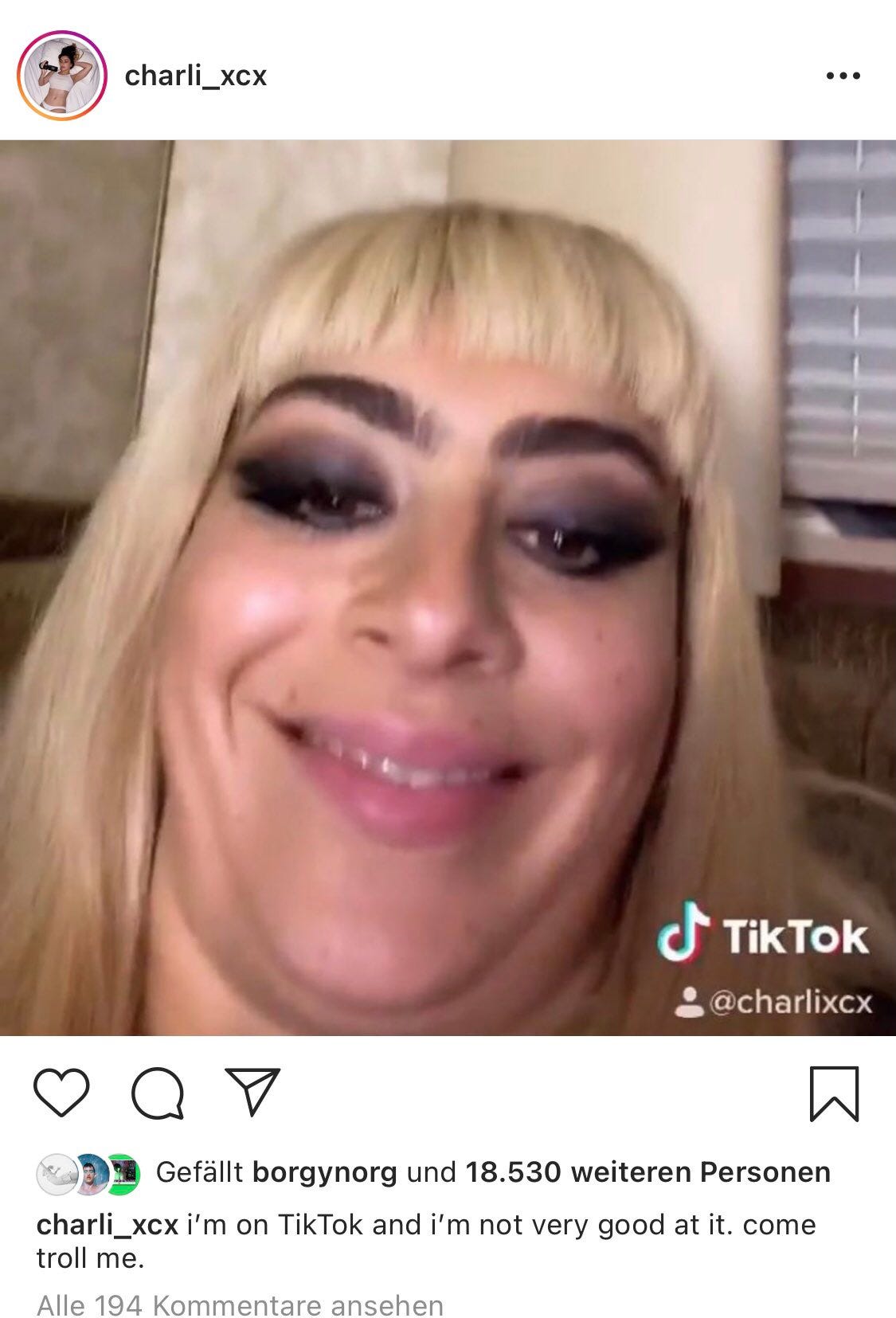
Nevertheless the aspect of authenticity and realness is key on TikTok and other platforms and needs to be fully understood and embraced. This is the reason why TikTok promotes the slogan: Don´t make ads. Make TikToks. In itself a clever ad to make ads that do not feel like ads. 🙆♂️
Realness on the app is hard to fake. It is some sort of progression to the one and only social media policy “Do not be an idiot”. That might have been enough for some years. A second rule to apply would go something like “Be someone”. Get yourself an attribute. Be the guy who sings in the car. Or the girl who explains art history. Add value. Be Nathan Apodaca.

If you stick to being a corporation you will be trolled and ridiculed over on Alt TikTok.
More interesting to me compared to the official Insta. What do you think?
I have talked about the aspect of realness during a little keynote on the future of audio visual formats for an international insurance company lately. It somehow hit a nerv. Happy to discuss...
🎶 Music Industry
Ever since Myspace maybe no other social media platform has shaped the way we consume, discover, discuss and create music like TikTok. Platforms like Facebook, Insta or YouTube have had enormous impacts on the way musicians found an audience, they have transformed the genre of music videos once seen on TV, they have changed the means of production and the length of your normal pop song. And of course Spotify and other have transformed owning music to streaming it.
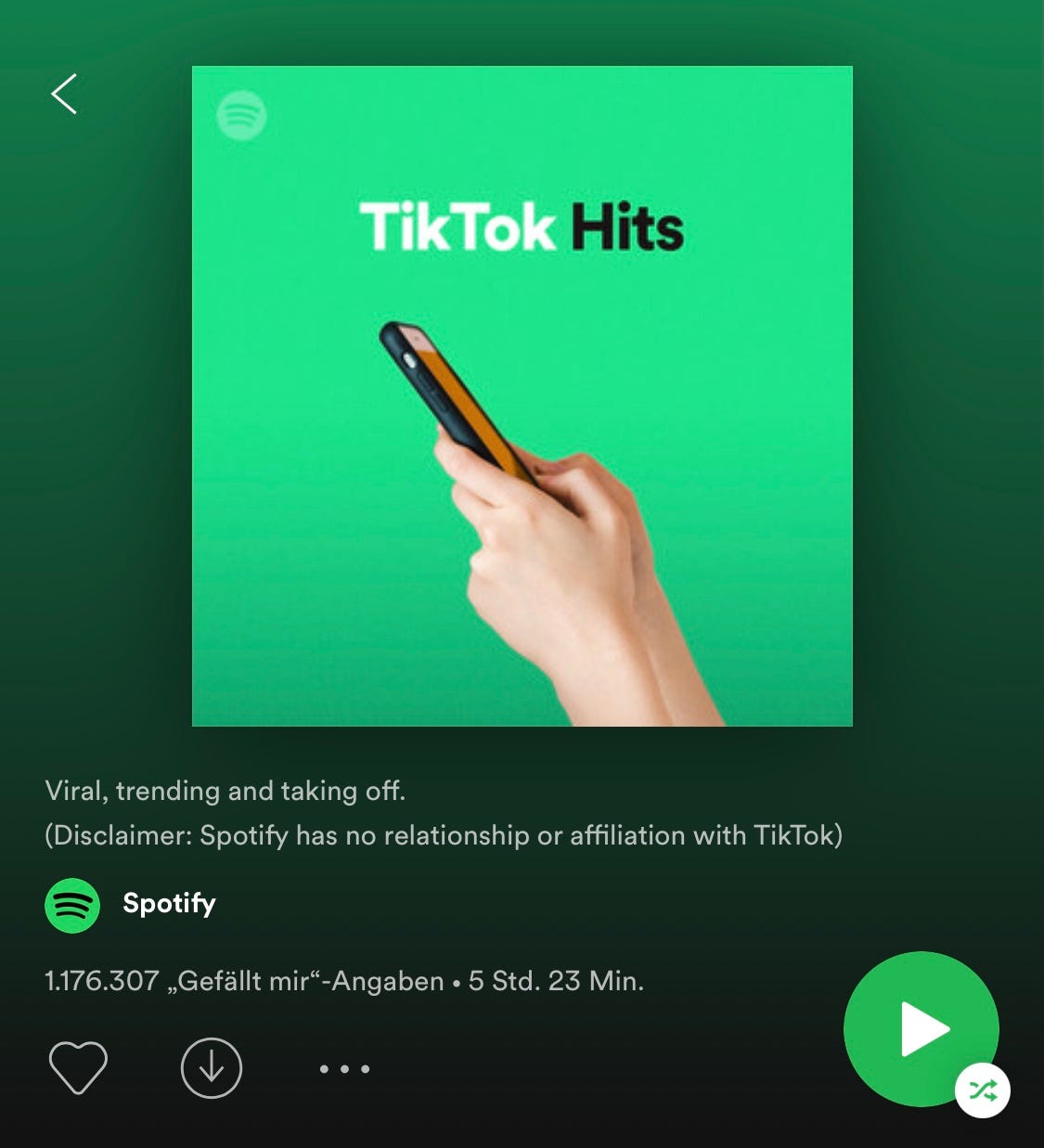
Given all that TikTok´s features (e.g. duet), the shareability aspect (unknown due to various reasons to Insta etc.) and the high density context (sheer amount of TikToks consumed per session) lift the game to another level.
LA Times pop music critic Mikael Wood has some points here (NPR, September 27). TikTok allows “a kind of exposure that you would never get on Top 40 radio.” And “it allows just weird songs to get into the system.” Astonishingly enough Mikael concludes: “That said, pretty much everybody I talked to in the record business said this kind of format - this sort of short-form video set to music - this is not going anywhere.”
History repeating itself? Probably some people should invest 52 minutes to listen to Taylor Lorenz with a deep dive on the NYT Popcast: TikTok is something of a Wild West when it comes to the music business.
Talking about the Wild West. The most cited use case concerning TikTok and the present/future of the music industry is the country rap/trap song Old Town Road by Lil Nas X. Even better than listening to second hand sources is spending time on the actual app.

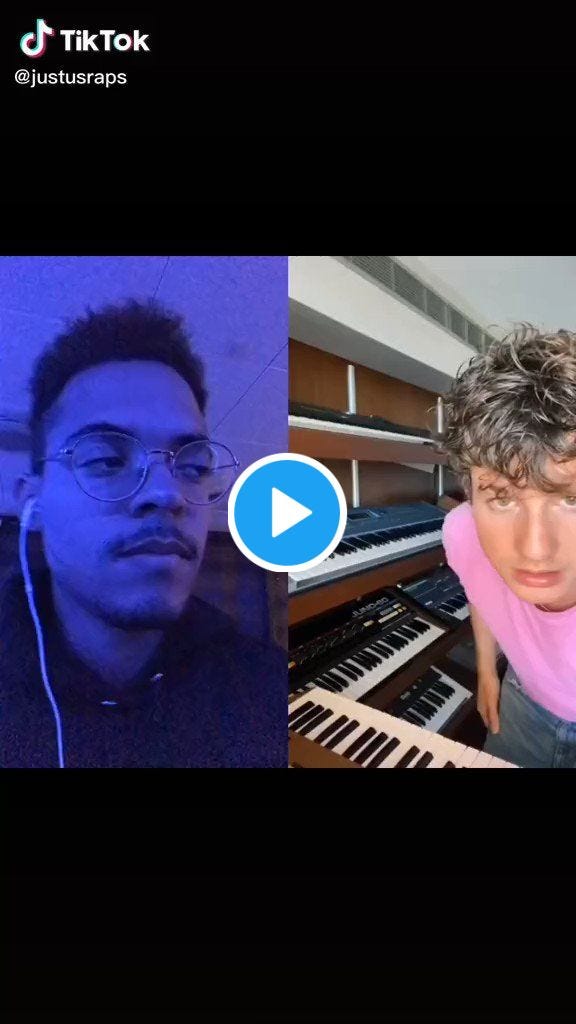
I very much liked a twitter thread by Shardul showing the potential of the duet-feature. See above. More on duet in Newsletter 10.
🏺Museums

Back in July i wrote (Newsletter 02) about the italian Uffizi Galleries being on TikTok. 2,5 month later TikTok doubles number of young visitors to the Uffizi Gallery. 👏 The Uffizi has been sharing videos of classic artworks dancing to modern music in order to engage with a younger audience, and has gained 55,000 followers so far.The recipe for success is quite simple:

a) Learn how the platform works. Try, fail, evaluate. For example find and use a sound snippet by Victoria Beckham, add it to a painting by Titian. Done. Fast and effective. Pop Culture. Mashup.
b) Invite an influencer to your museum. In this case: Martina Socrate 993.6K followers. She shared a virtual tour of the museum, which resulted in a 50 percent growth of the Uffizi’s TikTok following in June. ✔️
Meanwhile, Madame Tussauds Sydney has joined forces with some of Sydney’s influencers to launch a series of interactive TikTok challenges for visitors to replicate with the stars. Elsewhere, the Aquarium of the Pacific is using TikTok to educate its fanbase of 340,000 followers after one of its videos went viral during the coronavirus crisis. Other museums on TikTok include: Rijksmuseum in Amsterdam, Museum für Naturkunde Berlin, Le Grande Palais Paris & Museo del Prado Madrid.
- - -
Thx for reading. If you have tipps, tricks or questions. Do not hesitate to ask.
Marcus 👀





